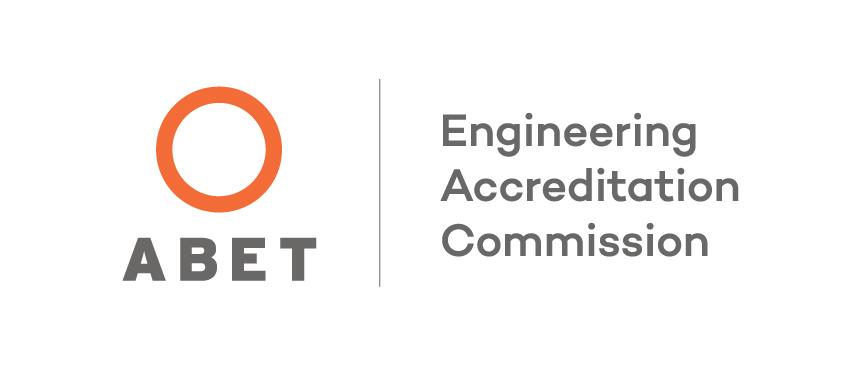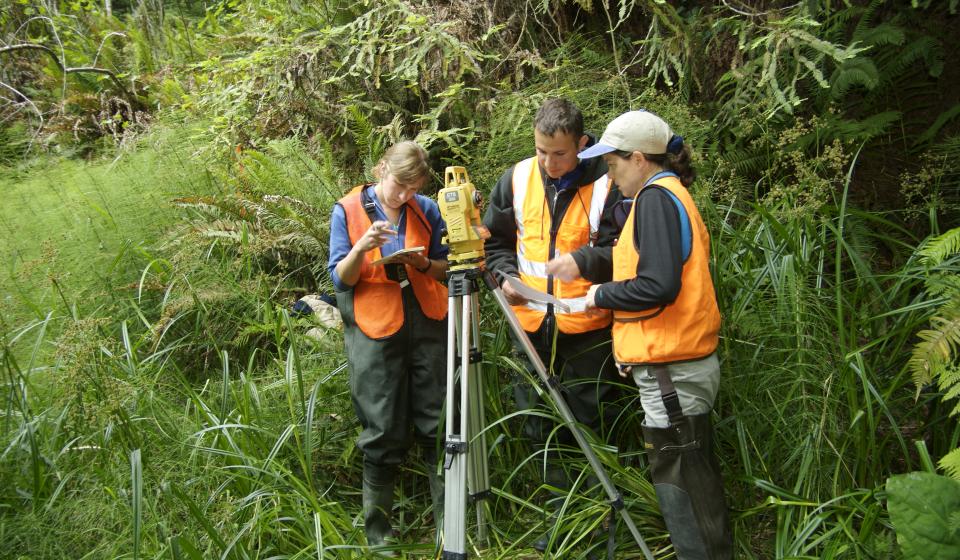Writing Lab Memos
Lab Memos are an abbreviated form of a formal Laboratory Report. You will report the results of your lab analyses as if you were writing an internal company memo to your supervisor. The memo should be no longer than two pages or four pages, depending on the assignment instructions. The memo should be single-spaced with double spacing between the paragraphs. In many cases, after two pages your "supervisor" will stop reading and you will not receive credit for work completed on following pages. Raw calculations should be included as appendices and will not be counted against your two page limit. You should include the following information in your memo.
Introduction
Your introduction should briefly describe the analysis you have completed. This section is where you should outline the purpose and objectives of your analysis and give the reader sufficient background to understand the rest of the report. You can assume that the reader of your memo is familiar with the procedures for your analyses. Limit your material to that which is pertinent to your experiment.
Materials and Methods
You only need to reference the procedure you used for your analysis and make notes of any changes you made while performing the procedure. You will most often need to reference the lab assignment write-up.
Results
Present your final results from the analysis. Start this section with a brief description of what it is that your data shows. Give your reader a context in which to view the data. Present only your final numbers. Do not include any raw data, calibration curves or calculations. This other information (raw data, calibration curves or calculations) should be included as an appendix containing Xeroxed copies of the relevant sections of your field or lab notes.
Discussion
You should explain your results and their ramifications. You can include details of the principles, relationships, generalizations, and consequences of your experiment. You must demonstrate that you understand your investigation and corresponding results. Be sure to relate your interpretation and discussion back to your objectives. Do your data answer your original question? You should also include a discussion of possible errors and exceptions. If relevant or available, discuss how your results compare pertinent standards.
Conclusion
Summarize the major points of your memo. A good conclusion is usually quite short. A few sentences should be sufficient. Restate your numerical results, but do not editorialize about your results. Statements such as, "We learned a lot about the importance of nitrogen in water quality," have nothing to do with the technical content of your memo. If you felt there were problems with the procedure or equipment make sure that information is conveyed through your discussion section.
Appendices
Your raw data and calculations should be included in your appendices. You may copy pages out of your lab or field notes if appropriate. If appropriate, a calibration curve should be included. When working in groups, you should include an accounting of individual tasks and time spent on the group project. Be detailed in this accounting.
Writing Hints
A portion of the grade for each lab memo will be based on the writing itself.
- Be as clear, direct and concise as you can. Grammar, spelling, clarity, and style will all be considered.
- Use the active voice ("Our group analyzed 100 samples") rather than the passive voice ("One hundred samples were analyzed by our group").
- Pay attention to tense. When describing established, factual material, the present tense can be used. A discussion section is generally written in the present tense. Even though you are discussing past results, you are interpreting them now. Completed procedures are usually referred to in the past tense.
- Subheading may be used to make the presentation more clear.
- Label tables and figures appropriately. Table captions are on the top. Figure captions are on the bottom.
References
The information in this web page is based on the following source:
- Eileen Cashman's Lab Memo requirements for ENGR 350: Introduction to Water Quality
How to Apply
So environmental resources engineering sounds interesting, but you are still not sure if Humboldt is right for you? Explore what Humboldt has to offer to both freshman and transfer students.
Paperwork
For paperwork and forms such as major and minor contracts, course planning guides, semester schedules, course rotations, office hours and more, visit our forms page!













